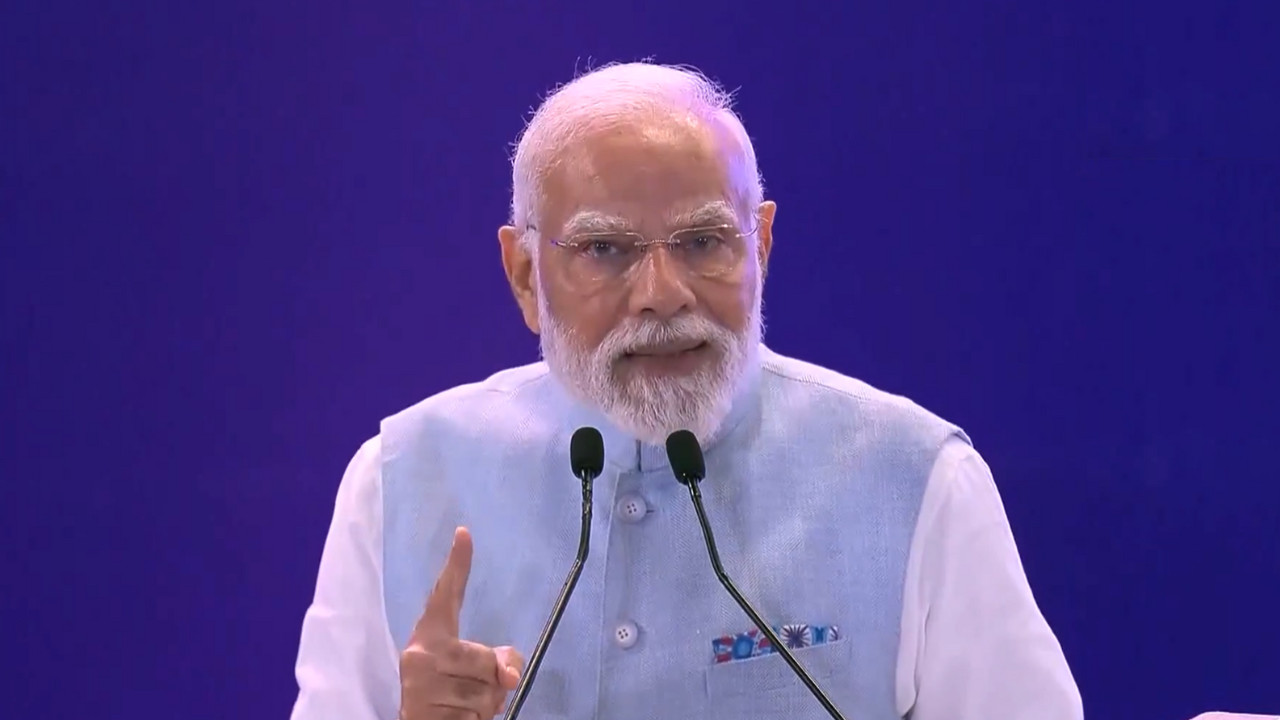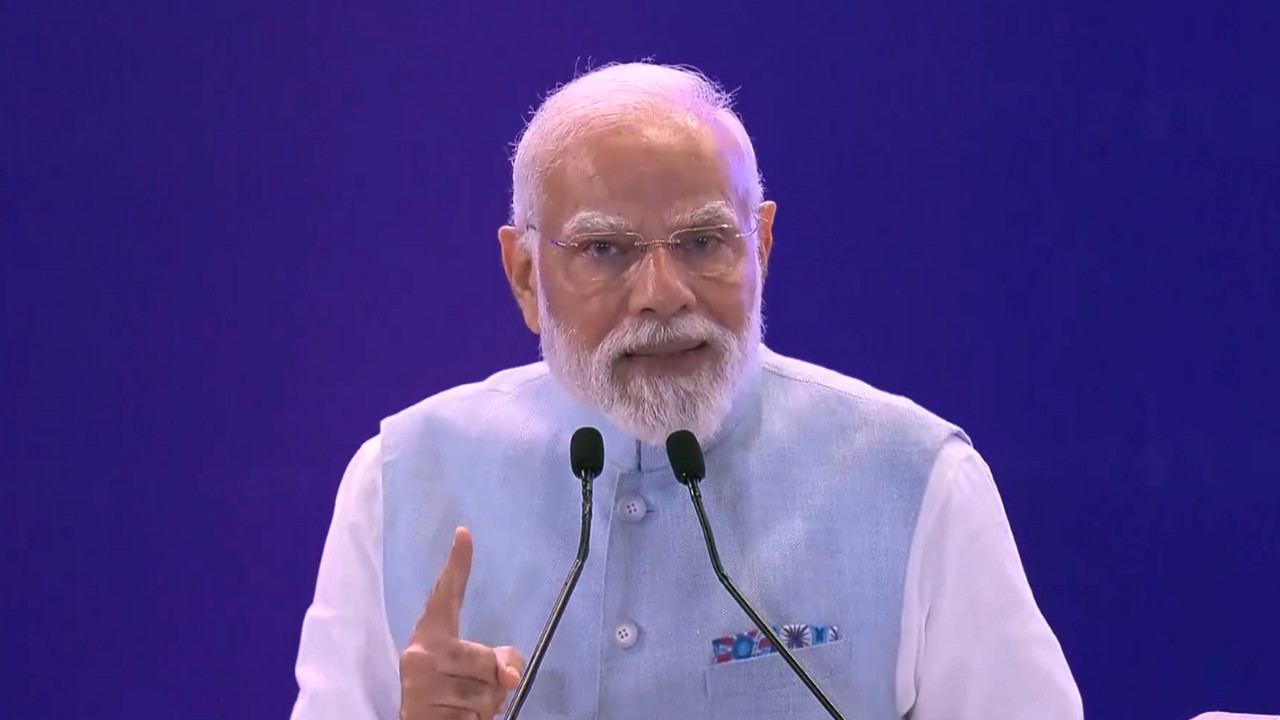Ola Electric’s stock prices plunged following the release of disappointing quarterly results. The electric vehicle company reported a substantial net loss for the fourth quarter and the full financial year. Revenue from operations also experienced a sharp decline. Despite these challenges, Ola Electric expresses optimism about achieving profitability in the coming financial year.
Ola Electric: Is the Spark Fading, or Just Flickering?
Okay, let’s talk Ola Electric. The company promised us a revolution on two wheels, a future powered by sunshine and good vibes, all delivered on sleek, battery-powered scooters. They zoomed into the market with a ton of hype, a celebrity-studded launch, and the promise of affordability. For a while, it felt like you couldn’t scroll through your social media without seeing someone posing proudly next to their Ola.
But lately, the road hasn’t been quite so smooth. The stock market has taken a bumpy ride, and recent financial reports paint a picture that’s… complicated. Let’s dive into what’s happening behind the glossy paint job and see if we can get a clearer view.
The headline that grabbed everyone’s attention was the nearly 10% drop in Ola Electric’s share price. Ouch. That’s not the kind of movement you want to see, especially when you’re trying to convince investors you’re a solid long-term bet. But why the sudden jolt?
Well, the numbers tell part of the story. The company reported a hefty loss of ₹870 crore for the fourth quarter. That’s a serious amount of money going down the drain. And to add insult to injury, their revenue took a significant tumble, shrinking by a whopping 62%. That’s like hitting the brakes hard on a downhill slope – not ideal when you’re trying to maintain momentum.
So, what’s going on? A few things seem to be at play. One factor could be the increased competition in the electric scooter market. When Ola first launched, they had a definite first-mover advantage. They were the cool, new kid on the block. Now, however, the playground is getting crowded. Established players and newer startups are all vying for a slice of the electric pie, offering alternatives and sometimes even undercutting Ola on price.
Then there are the teething problems that often plague new ventures. Remember the initial reports of quality control issues with Ola’s scooters? Software glitches, battery problems, even concerns about the build quality – these whispers (and sometimes outright screams) can damage a brand’s reputation, especially in the early stages. Word-of-mouth travels fast, and in the age of social media, negative experiences can spread like wildfire. While Ola has undoubtedly worked hard to address these issues, the memory of those early hiccups might still be lingering in the minds of potential buyers.
Another element to consider is the changing landscape of government subsidies for electric vehicles. These subsidies played a crucial role in making EVs more affordable and attractive to consumers. Any shifts in policy, or reductions in these incentives, could directly impact sales figures. Consumers might be less inclined to switch to electric if the price difference isn’t as compelling as it once was.
Of course, it’s not all doom and gloom. Ola Electric still holds a significant market share, and they’ve made strides in expanding their product range and improving their service network. They’re also heavily investing in battery technology and manufacturing, which could give them a competitive edge in the long run. The electric vehicle market itself is still in its infancy, and there’s plenty of room for growth and innovation.
However, this recent financial stumble serves as a stark reminder that the road to electric vehicle dominance is not paved with gold. It requires more than just a cool design and a catchy marketing campaign. It demands solid financials, consistent product quality, and a keen understanding of the evolving market dynamics.
Ultimately, Ola Electric’s future hangs in the balance. They need to demonstrate that they can overcome these challenges, streamline their operations, and regain the trust of investors and consumers alike. They need to show that they can not only generate buzz but also deliver a sustainable and profitable business model.
The pressure is on. Can Ola Electric recharge its brand and accelerate towards a brighter future? Or will this be a cautionary tale of a company that promised the world but couldn’t quite deliver? Only time will tell. But one thing’s for sure: the next few quarters will be crucial in determining whether Ola Electric remains a leading player in the electric vehicle revolution, or just a fleeting spark in the automotive sky.
📬 Stay informed — follow us for more insightful updates!







